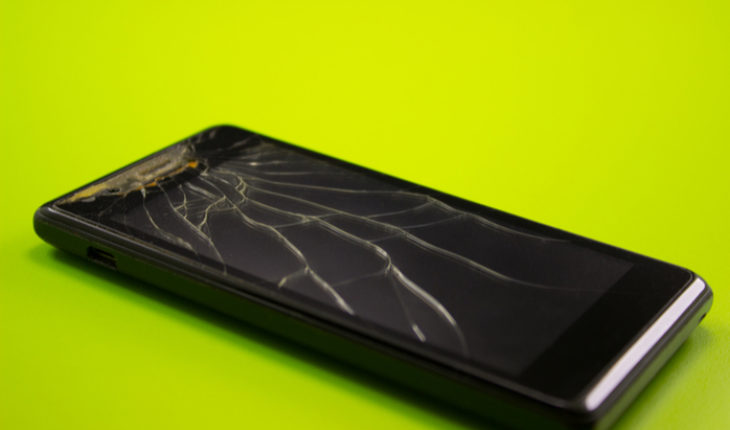Modern electronics are beautiful, they really are. Take the brand new Galaxy Note 10 for example, curved glass on the front and back, a screen that covers basically the entirety of the front of the phone, anodized aluminium polished to a mirror finish in a colour of your choosing. It’s wafer-thin and yet it has more computing power than the entire Apollo Space Program, with a stylus that wirelessly charges the phone that you can use from up to 10 feet away as a remote. Oh, and it’s also water-resistant down to 5ft for half an hour.
However, there is a cost to all this beauty. Break your very expensive phone and you are going to have a hard time repairing it. Repair costs are extortionate for modern phones nowadays, and a lot of the time they will simply tell you the device cannot be repaired and offer to replace it with a second-hand one for a moderate discount. The reasoning behind this is simple in my view; modern phones made of glass and aluminium all sealed together are designed to fail within a few years and forcing you to upgrade, making the manufacturers more and more money.
One of the worlds largest phone manufacturers, Apple, has arguably sought to make it harder for independent entities to access the parts, tools and manuals required to dig into their latest tech, and even release software that renders the phone nonfunctional, or disables features if it detects unauthorised replacement parts. Whilst there is an argument, however weak, for disabling the fingerprint sensor if it has been replaced (Fingerprint sensors are remarkably simple devices, the secure data is stored in the secure enclave of the CPU), there should be no excuse for disabling devices that have had the screen replaced. In this specific example the software update disabled phones that had screens replaced with genuine apple parts, but it was not done by Apple
The software update disabled phones that had screens replaced with genuine apple parts, but it was not done by Apple
(This practice is also extending to modern macs as well). Removing the headphone jack is the prime example of this. Teardown experts iFixit determined that the “barometric vent” Apple insisted was required in place of the headphone jack was in fact a space-filling piece of plastic, and indeed there are water-resistant smartphones with a headphone jack, such as the Galaxy s10.
It wasn’t always like this, however. In 2012 Samsung released the Galaxy Note 2, containing groundbreaking technology for the day, and it was my first phone. After a few months of using it, I decided I wanted to improve the already stellar battery life and doing so was trivial. I bought an extended battery off Amazon, then using nothing but a fingernail I popped the rear cover off, removed the old battery, then put in my extended battery and the new oversized case to enclose it. My phone was now about 15mm thick but lasted a week between charges.
A year later I lost the stylus, another part from Amazon and I was back up and running. Then I did something rather stupid and absent-mindedly inserted the stylus back into the phone the wrong way round, it became jammed and would not move. Instead of taking it to the local phone store, I simply removed my extended battery and there were 12 Philips head screws. With the screwdriver I use to adjust my glasses I had them out in a jiffy, and after borrowing a guitar pick from my friend I had the phone in two halves on my desk and could take the stylus out and clean the track it ran in for good measure. Doing so didn’t even void my warranty on the device. Samsung even sold an upgraded back with wireless charging capability, so when my extended battery failed I went back to the small battery and took advantage of that upgrade. Furthermore, the device’s plastic frame yielded to impacts. I never broke the screen despite dropping it numerous times, because the plastic bent each time to absorb the impact, modern metal and glass phones cannot yield in the same way, and simply shatter.
An argument could be made that having such easy access to the phone’s internals were detrimental to technological advancement. For example, how could you have a waterproof phone if you could remove the back with a fingernail? However, this is also possible, as the Galaxy s5 proves. A phone with a removable back, user-replaceable battery and a headphone jack, however, it was also water-resistant. Instead of focusing on minimising waste and maximising service life, technology companies are focused on shining it up and adding gimmicks for a quick sale, then repeat sales when the device inevitably breaks, instead of repairing it and saving on the landfill and waste of precious resources






